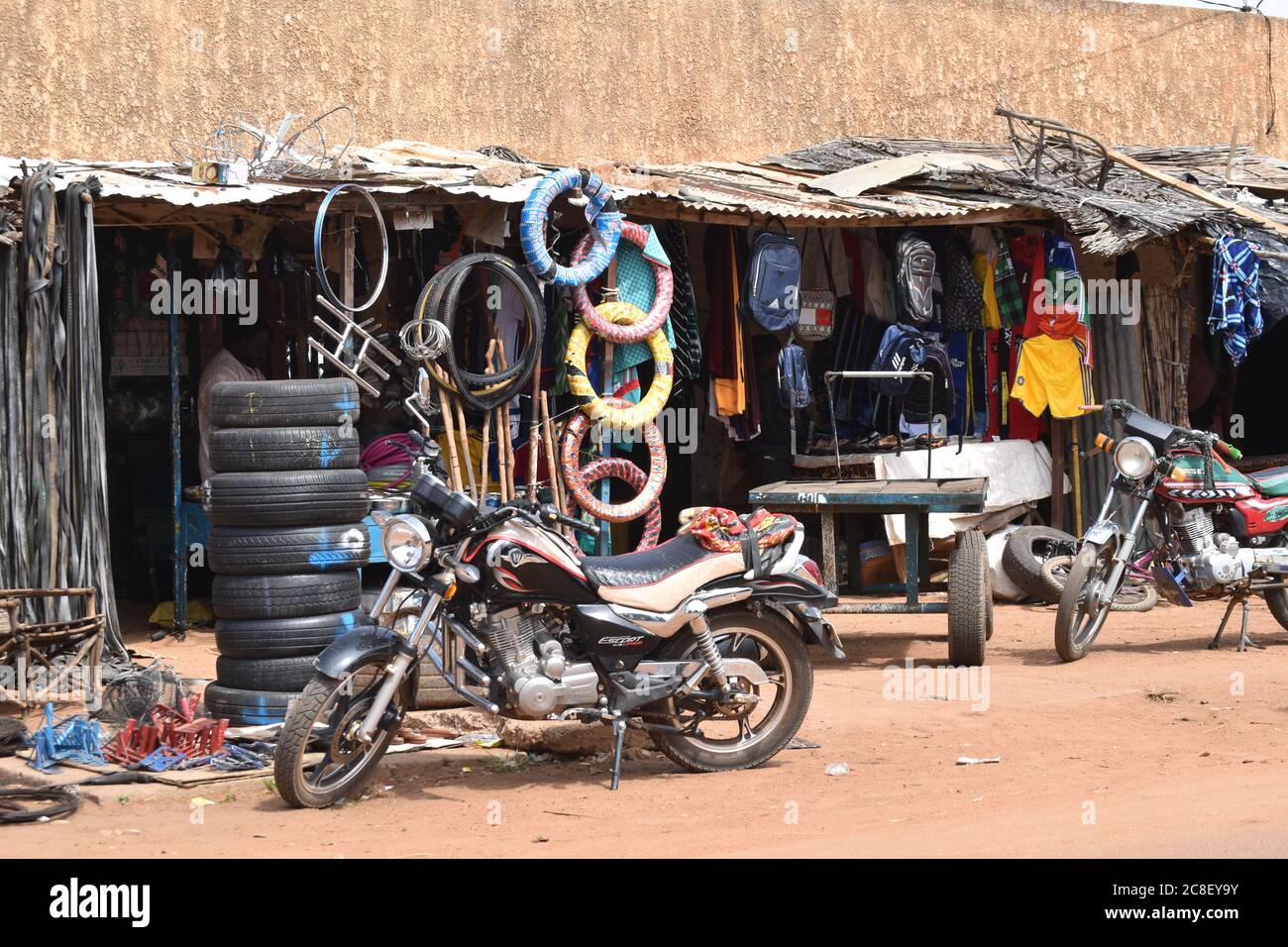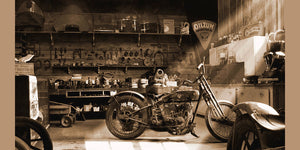Your Go-To Motorbike Shop for Top Quality Parts and Accessories
Your Go-To Motorbike Shop for Top Quality Parts and Accessories
Blog Article
Grasping Bike Gears: Exactly How to Optimize Your Riding Experience
In the realm of motorcycling, understanding the art of equipment manipulation is essential for improving your riding performance. Effectively making use of and understanding motorcycle equipments can significantly impact control, velocity, and gas effectiveness, changing an ordinary experience into a seamless, thrilling journey. By incorporating exact change timing and adapting equipment option to different roadway problems, riders can ensure optimum engine efficiency and safety and security. The subtleties of clutch control, throttle coordination, and gear auto mechanics bid a deeper expedition, promising to open the full possibility of your device. Just how can these techniques be taken advantage of to genuinely optimize your riding experience?
Comprehending Gear Mechanics
Exactly how do the ins and outs of gear mechanics influence motorbike efficiency? At the core of bike characteristics, equipment auto mechanics play a crucial function in converting engine power into activity, ultimately determining rate and control. Gears, meticulously crafted components, allow bikers to optimize torque and speed, guaranteeing a smooth shift with different surfaces and velocities. The equipment ratios, thoroughly made, determine the partnership between engine changes and wheel turns, impacting velocity and fuel performance.
Understanding gear auto mechanics starts with acknowledging the significance of the gearbox, which houses numerous equipments of differing sizes. These equipments interact via a process understood as meshing, where teeth of different gears involve to transfer power. The precision of this communication is essential; any misalignment or damage can result in ineffective power transfer, preventing efficiency. Additionally, the plan and dimension of equipments affect the bike's capability to deal with different tons and speeds.
In addition, the concept of equipment shifting is integral to taking full advantage of efficiency. Smooth and prompt shifts ensure that the engine runs within its optimum power band, preventing unneeded pressure and boosting long life (motocross gear nz). By understanding these mechanical ins and outs, bikers can attain an unified mix of power, control, and efficiency, elevating their riding experience
Timing Your Changes
Change timing mastery is crucial for enhancing motorbike efficiency and boosting the riding experience. Correctly timed changes make sure that the engine operates within its ideal power band, which is critical for maintaining control, achieving smooth acceleration, and ensuring the durability of the motorbike. Cyclists must create an intuitive feeling of when to shift gears, which involves comprehending the partnership in between engine revolutions per minute (RPM) and speed.
To grasp change timing, pay attention to the engine's sound and feel, as these provide vital ideas concerning when to alter equipments. The suitable shift point normally occurs when the engine comes close to the upper variety of its power band without reaching the redline. Moving prematurely can lead to an absence of power, while shifting as well late might trigger unneeded engine strain
In addition, roadway problems and riding design impact change timing. In city setups, smoother and extra constant shifts might be necessary to navigate website traffic efficiently. In comparison, throughout highway riding, fewer changes at higher rates can be better suited. Practicing in different environments will certainly enhance your capability to time shifts specifically, inevitably find out here now elevating your riding experience to an expert degree.
Enhancing Fuel Efficiency
While grasping motorbike gears is crucial for efficiency, boosting fuel effectiveness is similarly important for both financial and ecological reasons. Ideal fuel consumption not only decreases operational expenses yet additionally minimizes the ecological footprint of riding. To attain this, one need to comprehend the complex relationship in between gear option and engine performance.
Riding in a greater equipment at lower speeds can lead to engine hauling, which is damaging to both gas economy and engine health and wellness. Alternatively, riding in reduced gears at high speeds results in unnecessary fuel intake.
Furthermore, normal upkeep plays a crucial duty in gas performance. Guaranteeing that the motorbike is well-tuned, check out here with clean air filters and appropriately inflated tires, can improve the rules of aerodynamics and lower gas wastefulness. Adopting a riding style that welcomes steady velocity and smooth deceleration can add to better gas economic situation.

Methods for Smooth Transitions
Accomplishing smooth gear transitions is fundamental to enhancing the riding experience and ensuring the durability of a motorcycle's transmission system. Proper gear changing not just adds to a smooth ride but also decreases damage on the mechanical components. To understand the art of smooth changes, riders have to concentrate on a few vital methods.

Secondly, clutch control plays a pivotal function. Involving and disengaging the clutch smoothly requires technique. The clutch lever must be launched slowly, permitting a seamless transfer of power from the engine to the wheels without triggering a jolt or abrupt motion.

Adjusting to Road Problems
Browsing diverse road conditions is a crucial ability for any motorcyclist aiming to keep control and safety. Whether you're riding on damp surfaces, gravel roadways, or browsing sharp turns, your capacity to adjust your equipment usage and riding method is paramount. Comprehending exactly how to change your gears suitably can significantly impact grip and stability, making sure a much safer journey.
In comparison, when riding on crushed rock or irregular terrain, lower equipments are preferable. Lower equipments supply better control and permit you to respond even more promptly to unforeseen adjustments in the roadway surface area.
Sharp contours require precise gear administration to balance speed and control. Downshifting prior to entering a curve can assist preserve energy while making certain the bike remains stable throughout the turn. Consistent method in different conditions boosts your capacity to predict and react to modifications in roadway appearance and incline.
Conclusion
Grasping bike gears considerably improves the riding experience by improving fuel, velocity, and control effectiveness. A complete understanding of equipment technicians and exact change timing makes certain the engine operates within its optimum power band, while smooth changes through reliable clutch and throttle sychronisation boost comfort and performance. Adjusting equipment selection to numerous road conditions, such see this here as making use of greater gears on damp surfaces and lower gears on crushed rock, further improves handling and safety. Inevitably, these skills boost the total trip.
Understanding gear technicians starts with identifying the value of the gearbox, which houses several gears of varying sizes. These equipments engage with a procedure recognized as meshing, where teeth of different equipments engage to transmit power (motorcycle parts nz). Mild changes to the throttle during gear shifts can protect against jerky movements and maintain a consistent riding rate
Whether you're riding on damp surface areas, crushed rock roads, or navigating sharp turns, your capability to adapt your equipment use and riding strategy is paramount. Adjusting gear choice to different roadway problems, such as using greater gears on damp surfaces and lower gears on gravel, further improves handling and safety and security.
Report this page